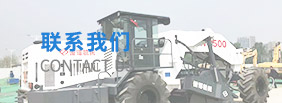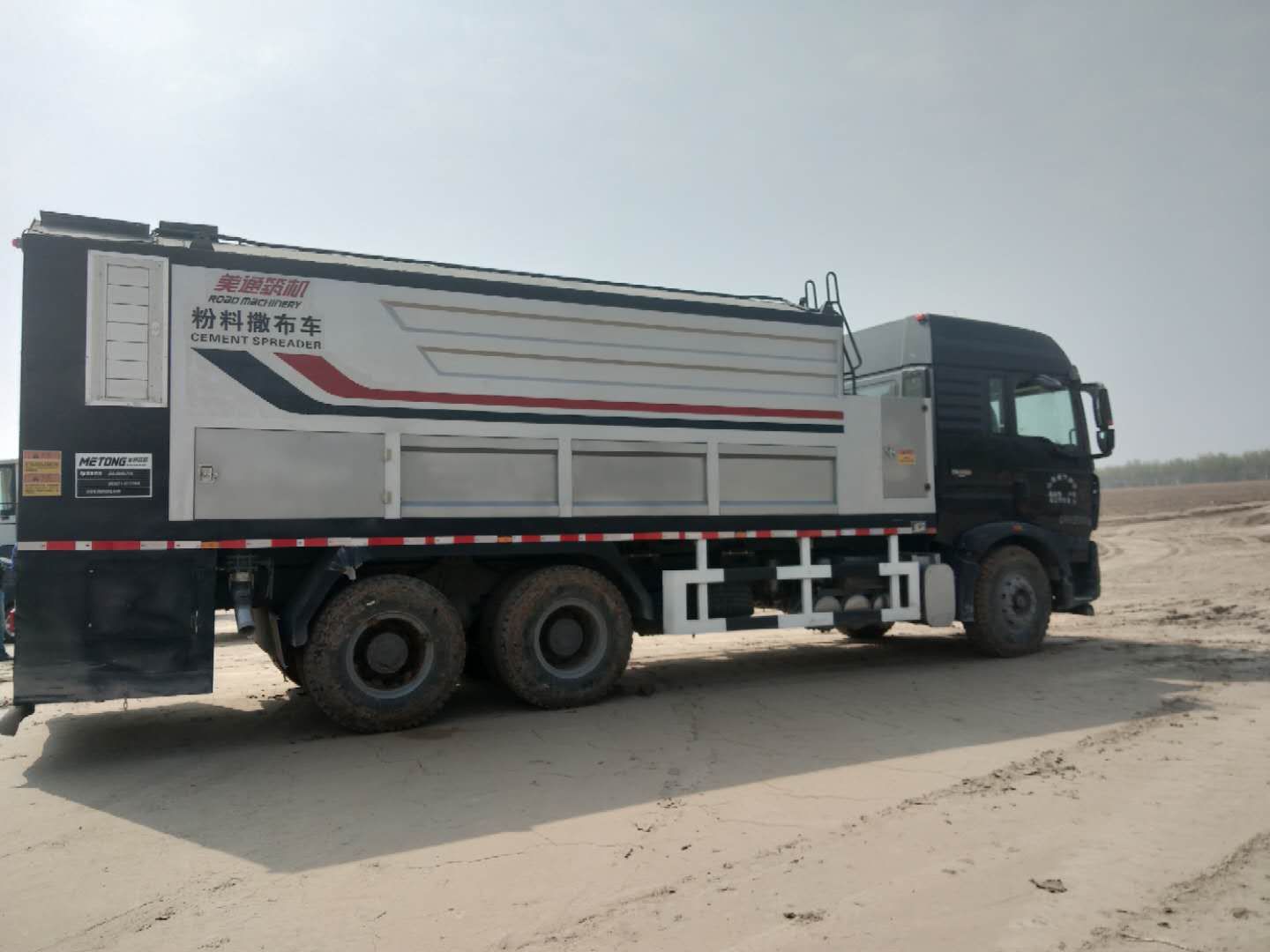行业资讯
冷再生机公路施工优势特点
来源:https://www.sddhfjx.com/ 日期:2021-07-28
1、成本低
1. Low cost
根据国外的施工资料介绍,与在旧铺层上加铺新料的方法相比,就地冷再生约可降低成本20%~46%。
According to the introduction of foreign construction data, compared with the method of paving new materials on the old paving layer, in-situ cold regeneration can reduce the cost by about 20% ~ 46%.
2、提高旧路等级
2. Improve the grade of old roads
可以通过基层承载力的提高从根本上实现道路等级的提高,这对低等级公路尤其有特殊意义。
The road grade can be fundamentally improved through the improvement of base bearing capacity, which is of special significance to low-grade highways.
3、结构的完整性
3. Structural integrity
冷再生施工产生的均匀的较厚铺层内,不存在传统施工方法中有时出现的较薄铺层间的薄弱界面。
There is no weak interface between thinner pavements that sometimes appears in traditional construction methods in the uniform thicker pavements produced by cold regeneration construction.


4、不损坏路基
4. No damage to Subgrade
由于冷再生施工为一次性作业方式,再生机组在暴露的路基上只通过一次。所以与传统施工方法相比,对路基的损害较小。
Since the cold regeneration construction is a one-time operation, the regeneration unit passes only once on the exposed subgrade. Therefore, compared with the traditional construction method, the damage to the subgrade is smaller.
5、节约材料
5. Save materials
所有旧铺层材料全部就地利用,从而大大减少了新材料的用量,保护了资源。
All old paving materials are used locally, which greatly reduces the consumption of new materials and protects resources.
6、工期短
6. Short construction period
由于不存在旧料的运输问题,不需要其他机械对旧料的靶松和破碎,不需要大块材料的去除和专门破碎,更重要的是施工过程的一次性作业特点大大简化了施工程序,从而节约了施工时间。
Because there is no transportation problem of old materials, there is no need for other machinery to loosen and crush the old materials, and there is no need for the removal and special crushing of large materials. More importantly, the one-time operation characteristics of the construction process greatly simplify the construction procedure, thus saving the construction time.
7、保护环境
7. Protect the environment
因为旧料的利用大大减少了新材料的开采量,也不存在旧料的运输和堆放问题。从根本上满足了环境保护的要求。
Because the utilization of old materials greatly reduces the mining volume of new materials, there is no problem of transportation and stacking of old materials. It fundamentally meets the requirements of environmental protection.







































 公司地址:济南市槐荫区经一路273号群盛华城2号楼1-404
公司地址:济南市槐荫区经一路273号群盛华城2号楼1-404 公司名称:山东途畅路桥工程有限公司
公司名称:山东途畅路桥工程有限公司  备案号:
备案号: